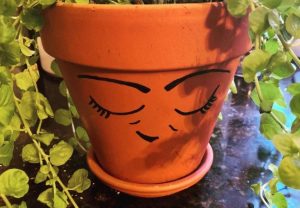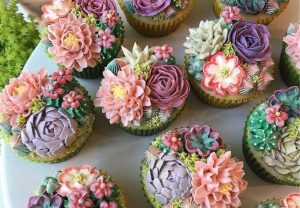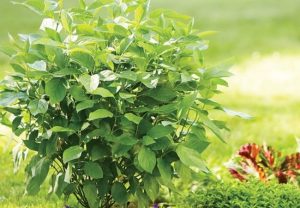Discover the art of nurturing the charming Pincushion Peperomia with this comprehensive guide. Explore essential tips on watering, lighting, and nutrients to help your plant thrive, along with invaluable insights for seamless care.
The Pincushion Peperomia, also known as the Peperomia ferreyrae, is a delightful and unique addition to any indoor plant collection. With its distinctive, cushion-like foliage and compact growth habit, this plant is not only visually appealing but also relatively easy to care for. In this guide, we’ll delve into the essential aspects of Pincushion Peperomia care, equipping you with the knowledge and tips you need to keep your plant flourishing.
Here’s the information for Pincushion Peperomia:
| Aspect | Information |
|---|---|
| Botanical Name | Peperomia ferreyrae |
| Plant Type | Perennial, Houseplant |
| Zones | 10-12 (typically grown indoors as a houseplant) |
| Exposure | Bright, indirect light |
| Bloom Time | Inconspicuous blooms, primarily grown for foliage |
| Height/Spread | Typically 6-12 inches tall, spreading 6-12 inches wide |
Watering Needs
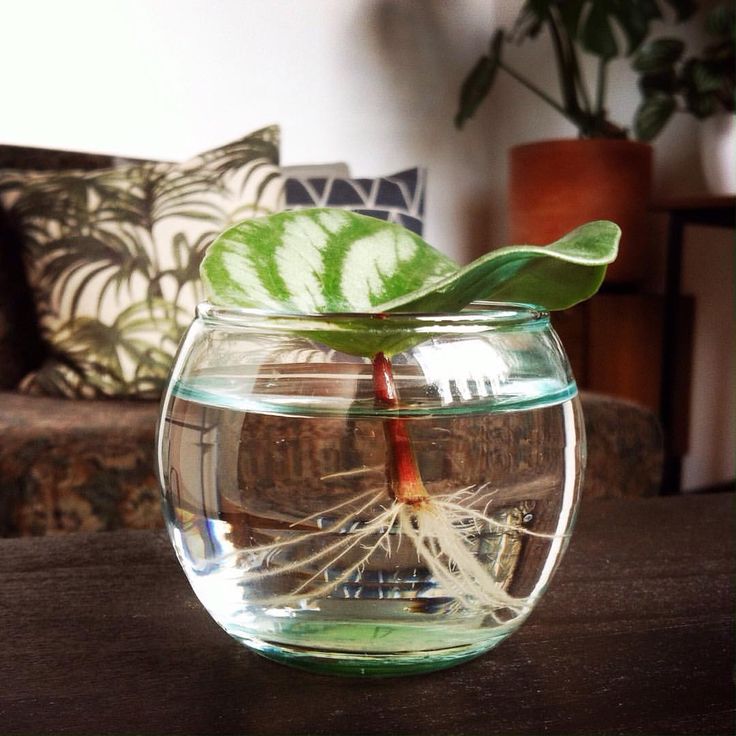
Proper watering is crucial for the health and vitality of your Pincushion Peperomia. These plants prefer their soil to dry out slightly between waterings, but they don’t tolerate excessive drought. Here are some guidelines to follow:
1. Check the soil moisture: Before watering, stick your finger into the soil up to the second knuckle. If the soil feels dry at that depth, it’s time to water your plant.
2. Use room-temperature water: Avoid using cold water, as it can shock the plant’s roots and cause potential damage.
3. Water thoroughly: When watering, slowly pour water over the soil until it begins to drain from the bottom of the pot. This ensures that the entire root system is hydrated.
4. Discard excess water: After watering, empty the saucer or tray underneath the pot to prevent the plant from sitting in standing water, which can lead to root rot.
5. Adjust watering frequency: During the active growing season (spring and summer), you’ll likely need to water your Pincushion Peperomia more frequently, possibly once a week or even more often if the soil dries out quickly. In winter, when growth slows down, you can reduce watering to every two to three weeks.
Lighting Requirements
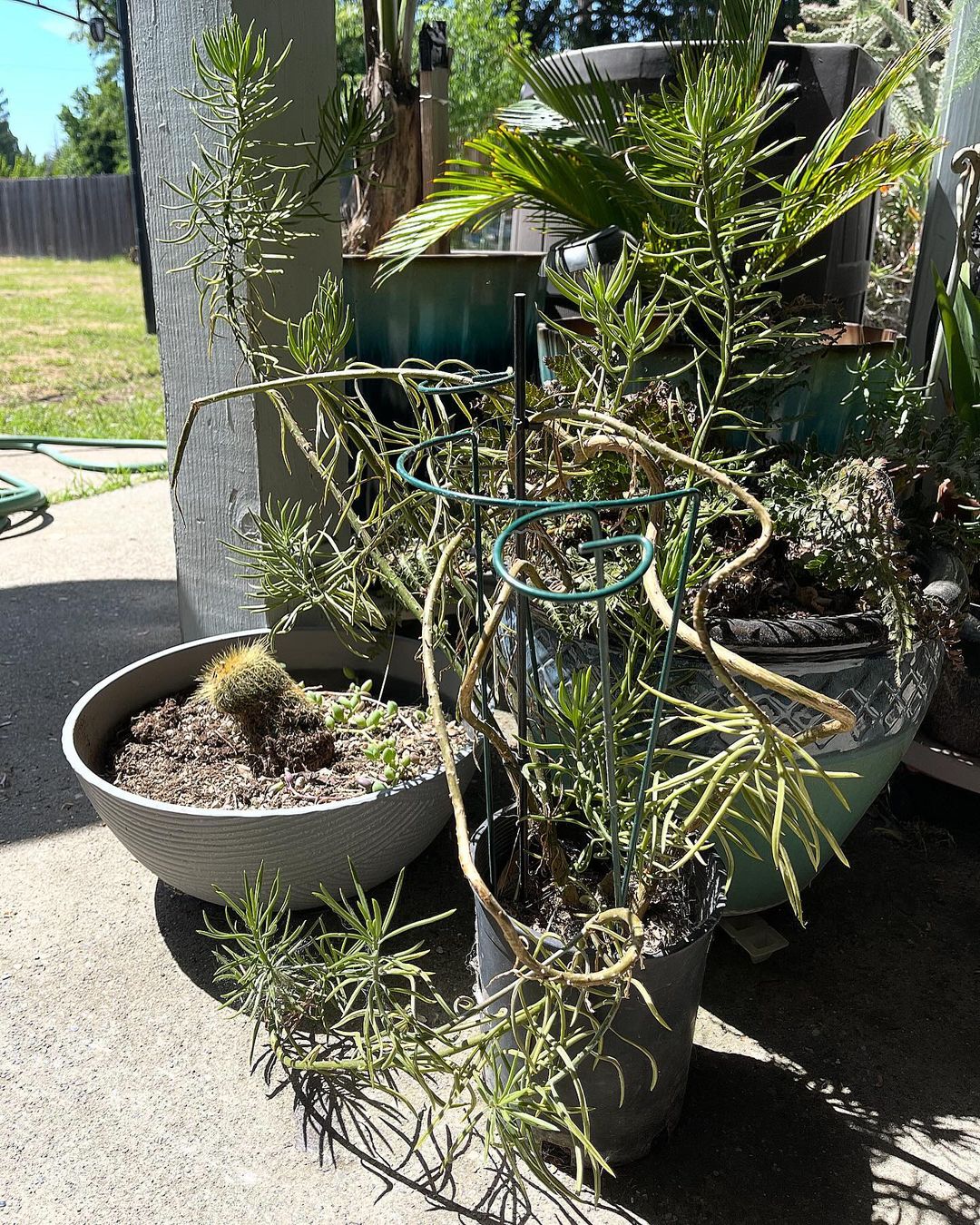
Pincushion Peperomias are relatively adaptable when it comes to lighting conditions, but they do have preferences. Here’s what you need to know:
1. Bright, indirect light: These plants thrive in bright, indirect light. Direct sunlight can scorch their delicate leaves, so it’s best to place them near an east or west-facing window.
2. Rotate the plant: To ensure even growth and prevent the plant from leaning towards the light source, rotate the pot every few weeks.
3. Adjust for seasonal changes: During the winter months, when sunlight is less intense, you may need to move your Pincushion Peperomia closer to a window to provide sufficient light.
4. Use artificial lighting: If natural light is limited in your home, you can supplement with grow lights or fluorescent bulbs to provide the necessary light levels for your plant.
Nutrient Needs
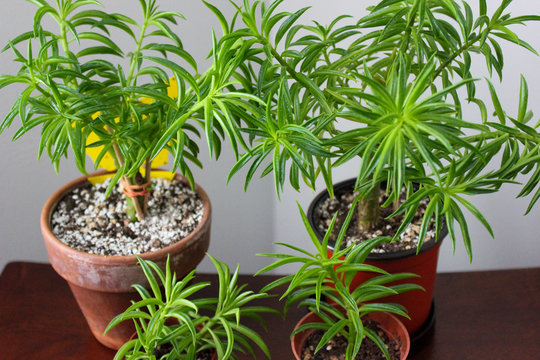
Like all plants, Pincushion Peperomias require nutrients to grow and remain healthy. Here are some tips for fertilizing your plant:
1. Use a balanced fertilizer: Look for a well-balanced, water-soluble fertilizer formulated for houseplants. Follow the manufacturer’s instructions for dilution and application rates.
2. Fertilize during the growing season: Apply fertilizer every two to four weeks during the spring and summer months when your plant is actively growing.
3. Reduce fertilization in winter: During the cooler months when growth slows down, reduce fertilization to once every two to three months or stop altogether.
4. Flush the soil occasionally: Every few months, flush the soil with clean water to remove any buildup of salts or minerals from the fertilizer.
Potting and Soil
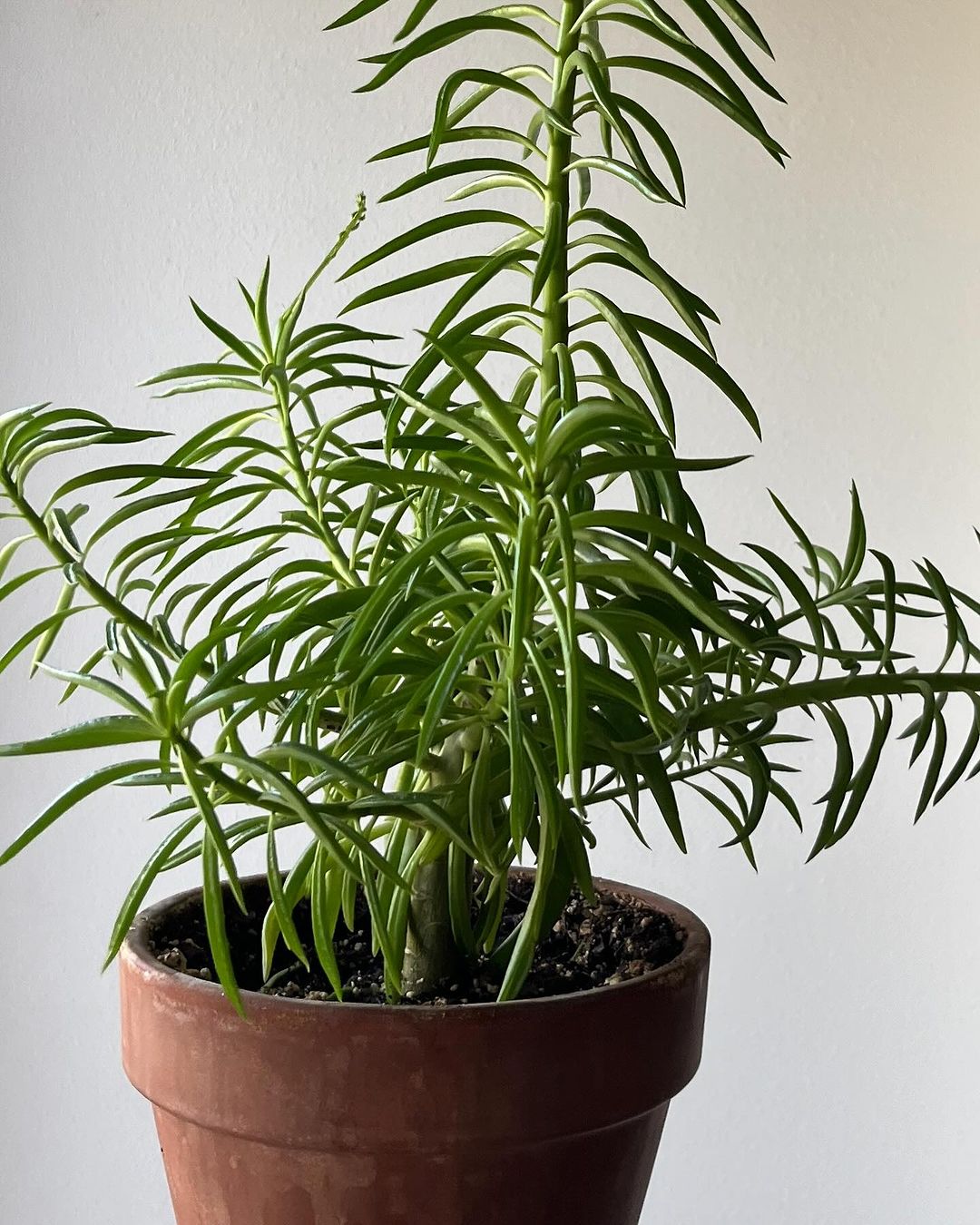
Proper potting and soil are essential for the health and vigor of your Pincushion Peperomia. Here are some tips to keep in mind:
1. Well-draining soil: These plants prefer a well-draining potting mix that allows excess moisture to escape while retaining some moisture. A combination of peat moss, perlite, and vermiculite works well.
2. Pot with drainage holes: Always use a pot with drainage holes to prevent water from accumulating and causing root rot.
3. Repot when necessary: Pincushion Peperomias are relatively slow-growing and don’t need frequent repotting. However, if the plant becomes rootbound or the soil becomes compacted, it’s time to repot into a slightly larger container with fresh potting mix.
4. Terracotta pots: Consider using terracotta or clay pots, as they allow for better air circulation and moisture evaporation, which can benefit these plants.
Pruning and Propagation
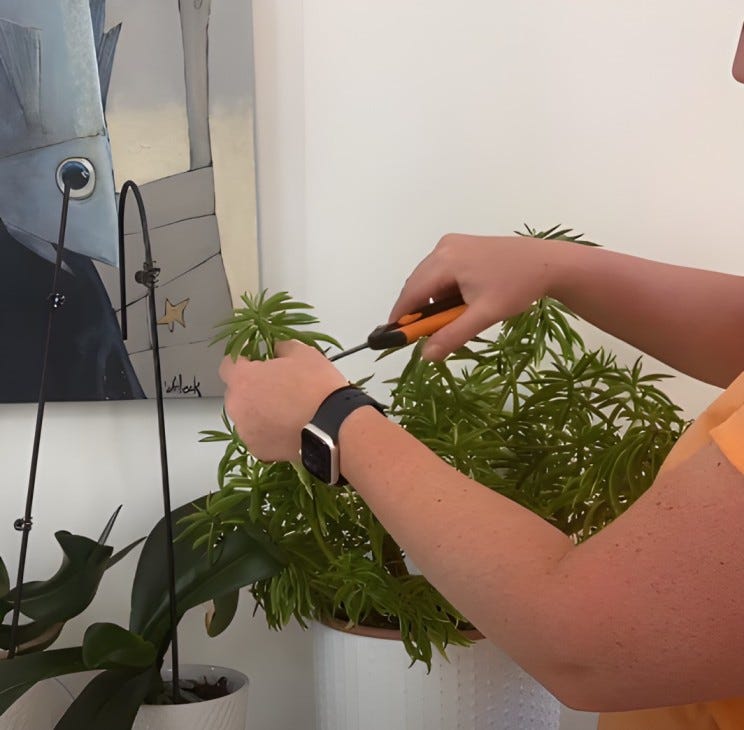
Pruning and propagation are essential aspects of maintaining the health and appearance of your Pincushion Peperomia. Here’s what you need to know:
1. Pruning: Regularly remove any dead or damaged leaves by gently pulling them off at the base. This encourages new growth and keeps your plant looking tidy.
2. Propagation from leaf cuttings: Pincushion Peperomias can be easily propagated from leaf cuttings. Simply remove a healthy leaf, allow the cut end to callus over for a day or two, and then place the leaf cutting in a well-draining potting mix. Keep the soil moist, and new plantlets will eventually emerge from the leaf.
3. Propagation from stem cuttings: Alternatively, you can propagate from stem cuttings. Take a 3-4 inch stem cutting, remove the bottom leaves, and plant the cutting in a well-draining potting mix. Provide warmth and humidity, and new roots will develop in a few weeks.
4. Timing: The best time for propagation is during the active growing season, typically in spring or early summer.
Common Issues and Solutions
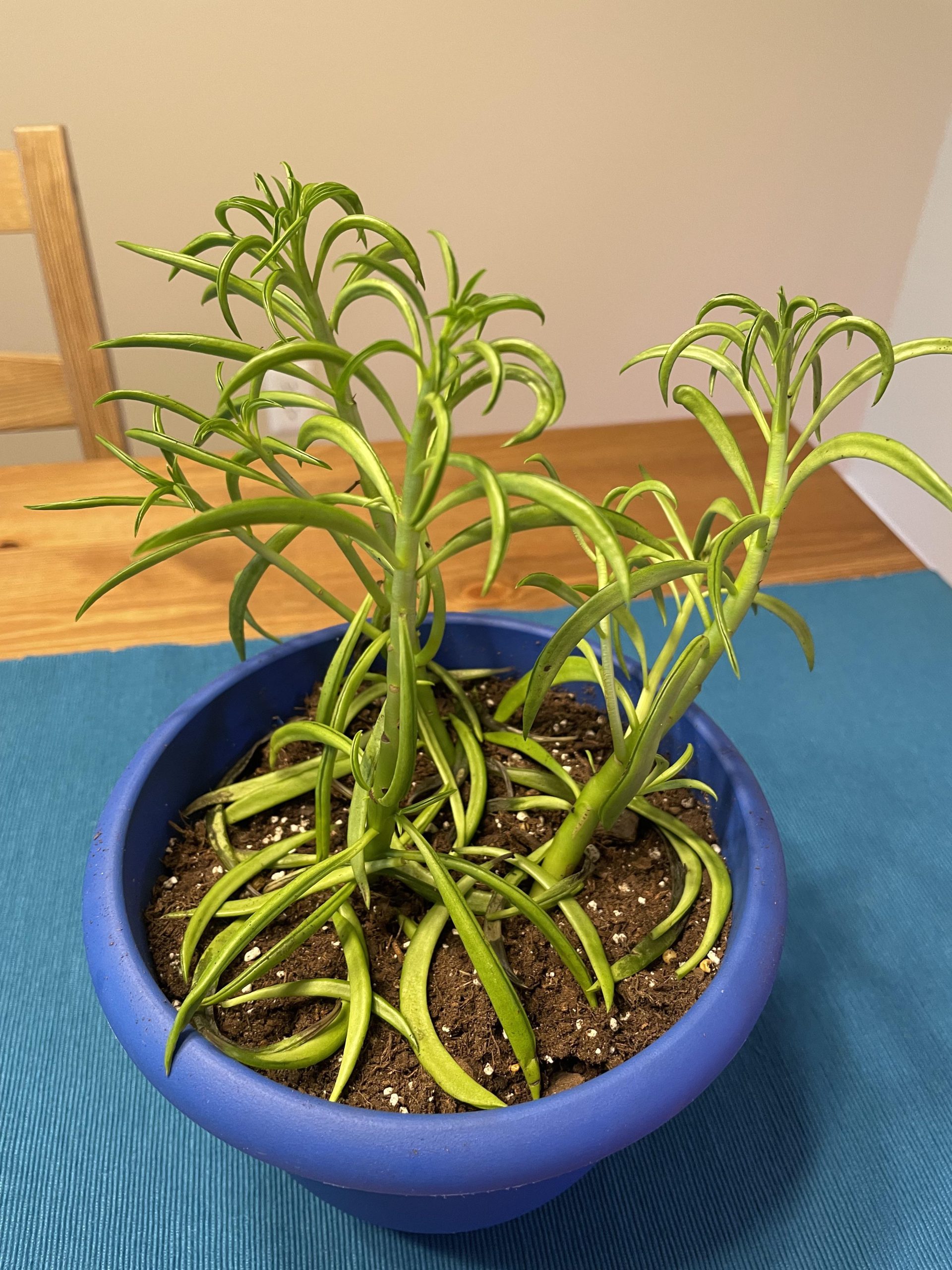
Like any plant, Pincushion Peperomias can sometimes face challenges. Here are some common issues and their solutions:
1. Yellowing leaves: This can be caused by overwatering, poor drainage, or lack of nutrients. Adjust your watering schedule, ensure proper drainage, and consider fertilizing.
2. Leaf drop: Excessive leaf drop can be a sign of underwatering, low humidity, or temperature stress. Increase humidity levels, check your watering routine, and ensure the plant is in a suitable environment.
3. Pest infestations: Mealybugs, spider mites, and fungus gnats are common pests that can affect Pincushion Peperomias. Isolate the affected plant, treat with an appropriate insecticidal soap or neem oil solution, and adjust cultural conditions to discourage pests.
4. Root rot: If the plant’s roots are sitting in waterlogged soil for too long, root rot can occur. Improve drainage, reduce watering, and consider repotting in fresh, well-draining soil.
Caring for a Pincushion Peperomia is a delightful and rewarding experience. By following the guidelines outlined in this guide, you’ll be well-equipped to provide your plant with the optimal conditions for growth and vitality. Remember to monitor your plant’s needs, make adjustments as necessary, and enjoy the unique beauty and charm that this delightful houseplant brings to your indoor space.
